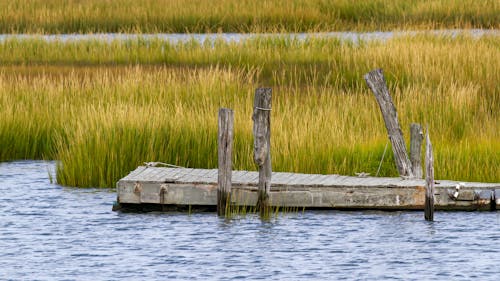NJDEP creates map of costal restoration projects to fight climate change

Last week, the New Jersey Department of Environmental Protection (NJDEP) released an online mapping tool to better protect New Jersey's coastal areas from the threats posed by climate change, according to a press release.
The Coastal Ecological Restoration and Adaptation Planning Tool (CERAP Tool) allows members of the general public and government officials to view several data points all in one place.
The map can help point out issues of concern, including coastal ecosystem degradation and habitat loss, shoreline erosion, coastal flood damage, nuisance flooding, coastal storm damage and water quality degradation, according to the release.
The CERAP Tool will help coordinate these restoration projects and provide information about the status of past, ongoing and future projects.
The mapping website was launched in partnership with Rutgers' Center for Remote Sensing and Spatial Analysis, and the map is hosted on a Rutgers website.
"This mapping tool supports the state's Climate Change Resilience Strategy by equipping coastal municipal planners and our non-profit partners with a resource to coordinate coastal restoration projects that support community resilience, ecosystem health and carbon sequestration," NJDEP Chief Resilience Officer Nick Angarone said.
Richard Lathrop, the director of Rutgers' Center for Remote Sensing and Spatial Analysis, said the map also provides the NJDEP with valuable information for future projects.
"The initial nomination process represents a bottom-up approach to harness local knowledge about problem areas in our coastal zone and to also identify gaps where there might be issues that haven't been recognized," he said.
The project was funded using a grant from the U.S. Environmental Protection Agency and is part of New Jersey's effort to combat climate change.



